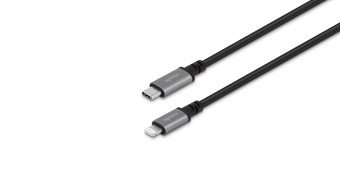Best Affordable Full-Frame Cameras
We independently test the products and technologies that we recommend.

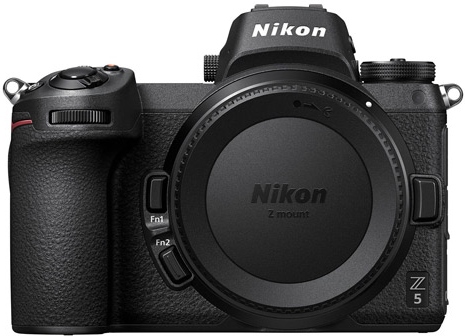
| Justbuy.com.ua | 38 110 ₴ | To Store |
| Цифра | 38 821 ₴ | To Store |
| Stylus.ua | 39 177 ₴ | To Store |
| Touch | 37 999 ₴ | To Store |
| Smartmag.biz.ua | 41 302 ₴ | To Store |
The Nikon Z5 model promotes the full-frame concept to the broad masses. This is a basic level mirrorless camera equipped with a full-frame sensor.
At the heart of the camera is a 24-megapixel sensor without backside illumination, supported by the EXPEED 6 image processor. Its working ISO range goes up to 6400 units. Moreover, the sensor is mounted on a movable stabilizing platform that compensates for shifts across 5 axes. The matrix stabilizer provides a gain of up to 5 stops of shutter speed or exposure.
The camera uses 273 phase detection autofocus sensors on the matrix to focus. It supports subject tracking based on eyes and faces, including pet faces. Photos are composed through the "eyepiece" of the electronic viewfinder or with the rotating touchscreen. Shot materials can be saved on two SD UHS-II cards — in sequence on each flash drive or simultaneously (on both).
The basic nature of the model is revealed by the modest continuous shooting speed of up to 4.5 fps — Nikon Z5 is not ideally suited for reportage photography. The camera also has slightly reduced video recording capabilities in 4K resolution — videos in this format are recorded with a crop factor of 1.75x and a frame rate of 30 fps. In Full HD, data is read from the entire matrix surface at a frame rate of 60 fps. On the other hand, the mirrorless camera benefits from dust and moisture protection of the body, enabling shooting in unfavorable weather conditions without worrying.
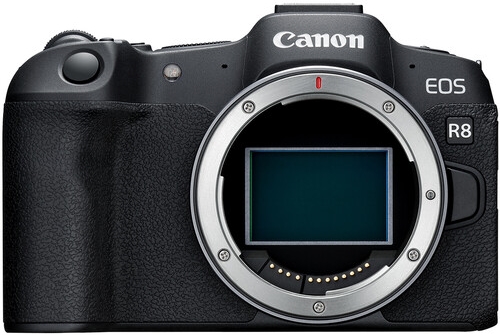
| Justbuy.com.ua | 51 560 ₴ | To Store |
| Moyo.ua | 62 999 ₴ | To Store |
| FOXTROT.UA | 62 999 ₴ | To Store |
| Touch | 50 999 ₴ | To Store |
| Repka.ua | 62 999 ₴ | To Store |
Canon EOS R8 is an advanced amateur rank full-frame mirrorless camera. The model is positioned as a simplified version of the Canon EOS R6 Mark II camera.
From its senior counterpart, the camera borrowed a 24-megapixel matrix and DIGIX X image processing processor. At the same time, the model acquired an advanced Dual Pixel CMOS AF II phase autofocus system with object recognition functions based on artificial intelligence algorithms. The only "but" is that the mirrorless camera lost the in-body stabilizer. For shooting, you will rely on electronic stabilization or stabilized optics.
The mirrorless camera is equipped with a mechanical shutter that allows continuous shooting at a speed of up to 6 fps. Users can switch to an electronic shutter, which offers a shooting speed of up to 40 fps, though the memory buffer quickly runs out of free space. The camera saves photos on an UHS-II class SD card. There's only one slot provided for this purpose.
The model supports video recording in 4K resolution at 60 fps. Recording is carried out from the entire surface of the matrix without significant restrictions in duration. Additionally, gamma curve profiles are supported: 10-bit C-Log3 and HDR PQ. Notably, the mirrorless camera is compact, lightweight, and boasts a dust and moisture-protected design.
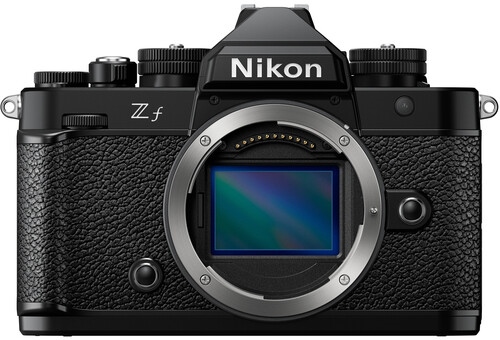
| Justbuy.com.ua | 75 780 ₴ | To Store |
| Moyo.ua | 97 266 ₴ | To Store |
| Itbox.ua | 114 202 ₴ | To Store |
| Touch | 70 599 ₴ | To Store |
| Smartmag.biz.ua | 68 630 ₴ | To Store |
The stylish Nikon Zf mirrorless camera will appeal to fans of vintage designs. However, it is equipped with a full-frame 24.5 MP matrix, supported by a powerful EXPEED 7 image processor.
The camera features an in-body stabilization system with claimed effectiveness of up to 8 stops of shutter speed or exposure, allowing for comfortable handheld shooting and smooth video recording. Remarkably, Nikon Zf can record 10-bit video with 4:2:2 subsampling directly to a memory card (XQD or SD UHS-II). Recording in 4K at 30 fps is possible without a crop, while Ultra HD video can be captured at 60 fps with a 1.5x crop factor.
The model has a 273-point autofocus system with object detection and advanced 3D tracking. The camera can focus even under very low lighting conditions (down to -8.5 EV). For quick shooting setting adjustments, the dedicated dials for shutter speed, ISO and exposure compensation come in handy. The mini-screen on the top of the body additionally shows the set lens aperture. The main display of the mirrorless camera is mounted on a swivel joint and is 3.2 inches in diagonal size. The focus point can be set by tapping on the screen surface.
If you want to extract the maximum detail from a frame, the Pixel Shift option will help. It's geared for shooting static scenes with pixel shifts, allowing you to capture frames with a final resolution of up to 96 MP. The closest analog to the considered model is the mirrorless Nikon Z6 III in a classic design, though it will cost more.
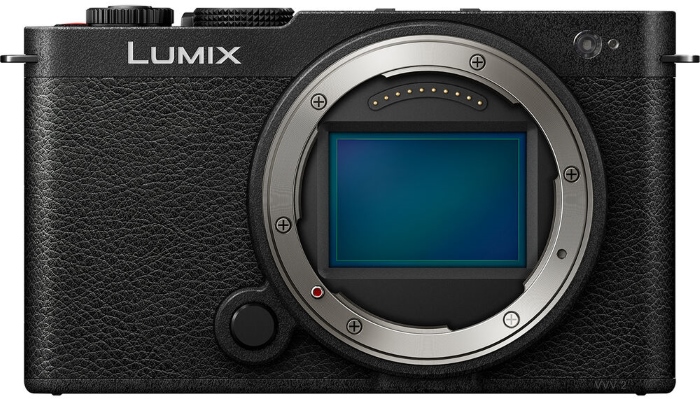
| Justbuy.com.ua | 49 785 ₴ | To Store |
| Moyo.ua | 64 999 ₴ | To Store |
| Touch | 53 249 ₴ | To Store |
| Repka.ua | 64 999 ₴ | To Store |
| Timesport.com.ua | 84 312 ₴ | To Store |
The miniature Panasonic DC-S9 camera thoroughly dismantles stereotypes that full-frame cameras are expensive and quite bulky.
Conceptually, the mirrorless camera is very similar to the "kindred spirit" Sony ZV-E1 — both cameras are equipped with full-frame image sensors in a compact body and lack an electronic viewfinder (to save space). Savings are also made on the mechanical shutter in this model — it's purely electronic. In contrast, it is worth noting the presence of a 5-axis matrix stabilizer that will come in handy during photo and video shooting.
The heart of the camera is a 24.2-megapixel matrix, supported by a hybrid phase autofocus system. The mirrorless camera is capable of recognizing objects in the frame and focusing on eyes or faces. The camera records video in 6K at 30 fps (10 bits 4:2:0), in 4K at 30 fps from the entire matrix surface, or in 4K with a crop at 60 fps (10 bits 4:2:2). The duration of continuous recording is 15 minutes. The operator has an individual LUT button available, with which creative filters are assigned. New LUTs can be uploaded from a paired smartphone through the Lumix Lab mobile application.
The model is equipped with a dual card slot, a 3-inch touchscreen on a swivel joint, and all up-to-date wireless communications (Wi-Fi, Bluetooth, NFC). The mirrorless camera is available in classic black and three other leather trim colors: blue, burgundy, and olive. The full-frame 'compact' from Panasonic looks truly cool.
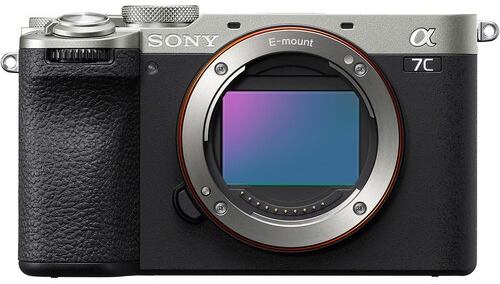
The compact Sony a7C II mirrorless camera, in the image and likeness of a rangefinder camera, is suitable for shooting at an advanced amateur and semi-professional level.
The second generation of the model received a 33-megapixel BSI sensor obtained from the flagship camera Sony A7 IV. Image processing is overseen by a powerful Bionz XR processor, complemented by the AI Processing Unit neural block, which is responsible for fast hybrid autofocus with object recognition in the frame. The mirrorless camera can focus on eyes, faces, animals, birds, insects, and vehicles.
The camera features a built-in matrix stabilization system with claimed effectiveness of up to 7 stops of shutter speed or exposure. Video is recorded in 4K at 30 fps (oversampled from 7K resolution), in 4K at 60 fps with a crop factor of 1.5x, in Full HD at 120 fps. The operator is kindly given 10-bit color representation, 4:2:2 subsampling, and proprietary S-Log3 and S-Cinetone profiles.
To earn the title of a true professional tool, the model lacks a second memory card slot and a larger memory buffer. All other attributes of a serious camera are in place — an OLED viewfinder, a touchscreen on a swivel joint, a weather-sealed construction. The camera is suitable for any genre of photography and video shooting, except for perhaps reporting.
Articles, reviews, useful tips
All materials


